21-year-old from Nebraska seeks cure for devastating disease from WashU Medicine pediatric specialists at St. Louis Children’s Hospital


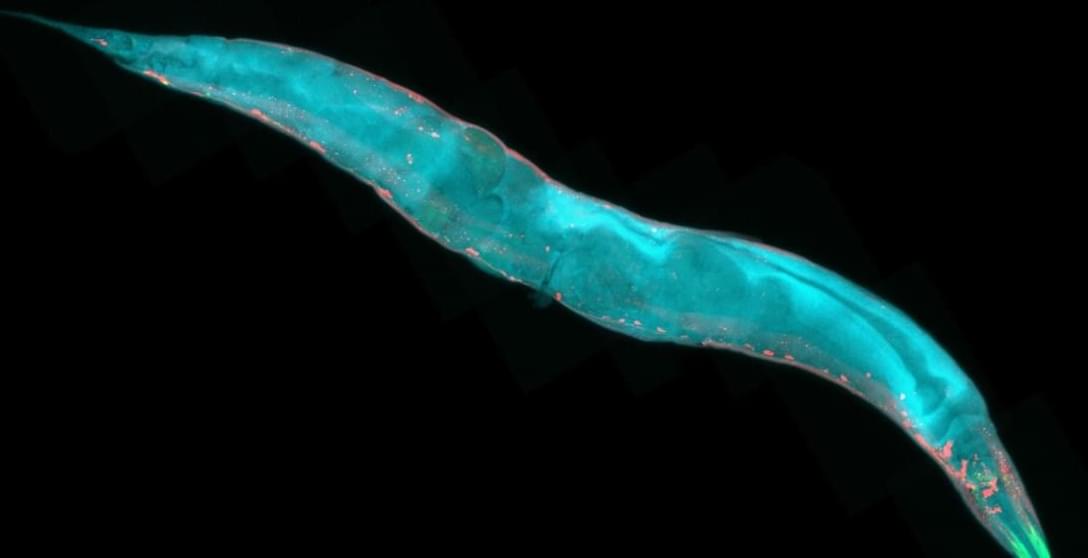
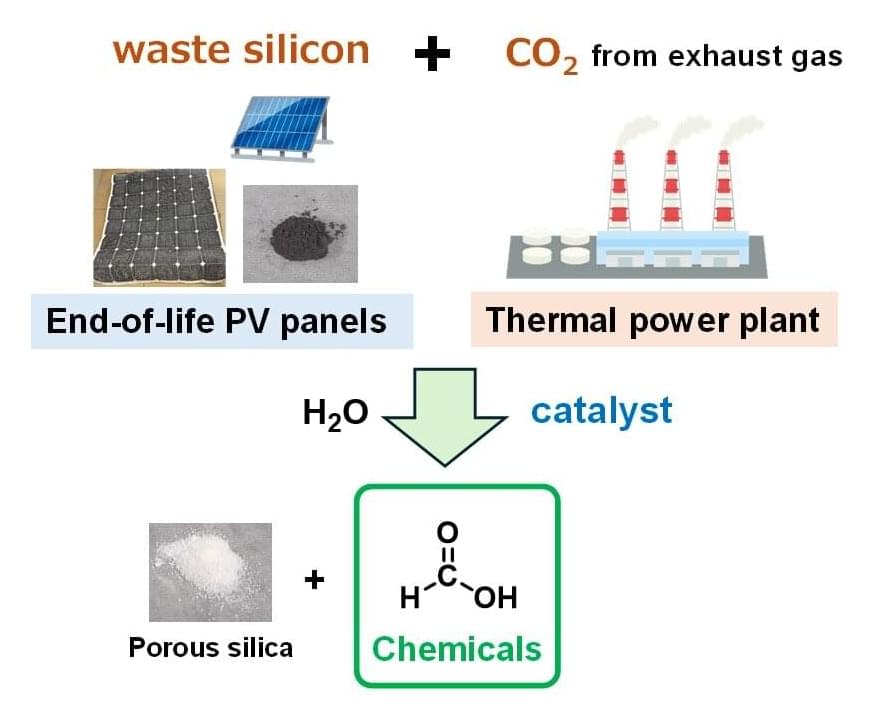
Centuries ago, alchemists worked furiously to convert the common metal lead to valuable gold. Today, chemists are repurposing discarded solar panels to create valuable organic compounds from carbon dioxide (CO2), a common greenhouse gas.
Significantly reducing greenhouse gases in the atmosphere to mitigate the most devastating effects of climate change will require a large reduction in emissions as well as strategies designed to sequester emitted CO2 and other offending gases. While simply sequestering greenhouse gases would fulfill this goal, creating useful organic chemicals from waste CO2 is akin to generating valuable materials from trash.
A team of chemists from Yokohama National University, Electric Power Development Co., Ltd. and the Renewable Energy Research Center at the National Institute of Advanced Industrial Science and Technology (AIST) recently decided to tackle two waste problems—excess CO2 emissions and decommissioned solar panels —in the pursuit of creating value-added organic chemicals. The team designed a study to determine if recycled components of discarded solar panels could be used to efficiently convert CO2 into useful, carbon-based compounds.
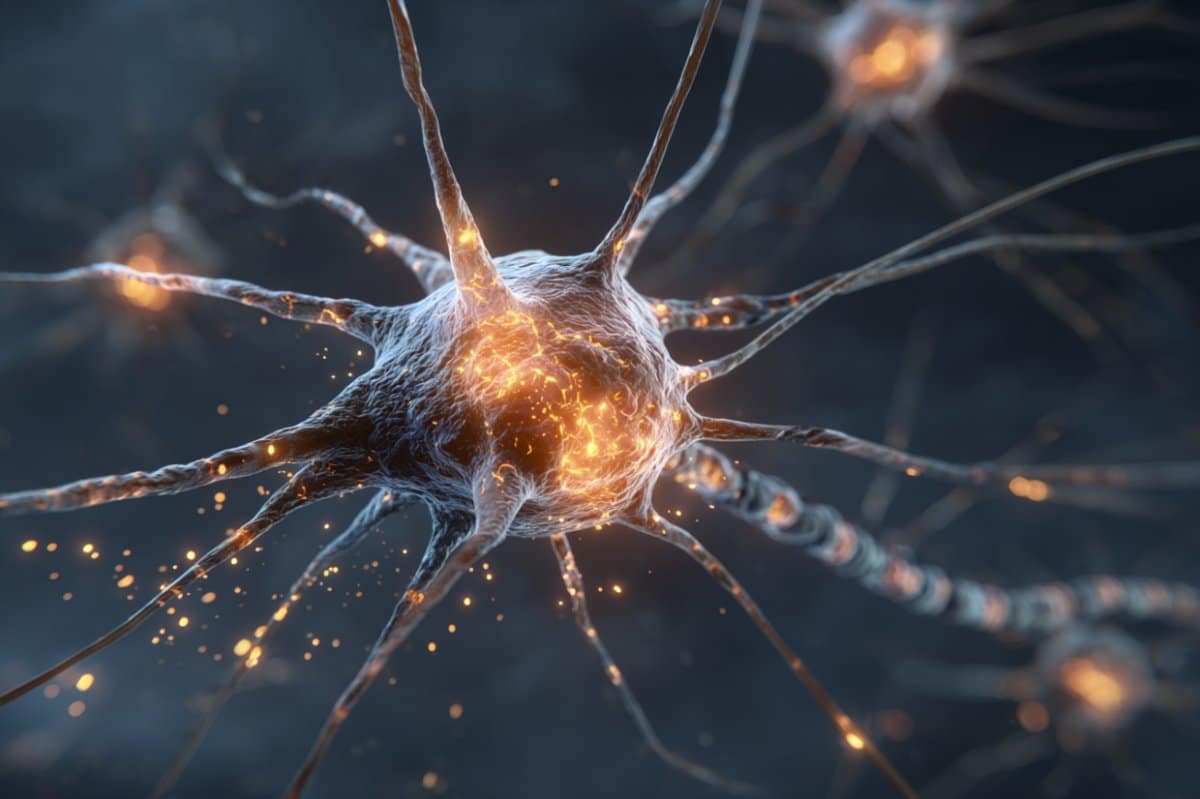
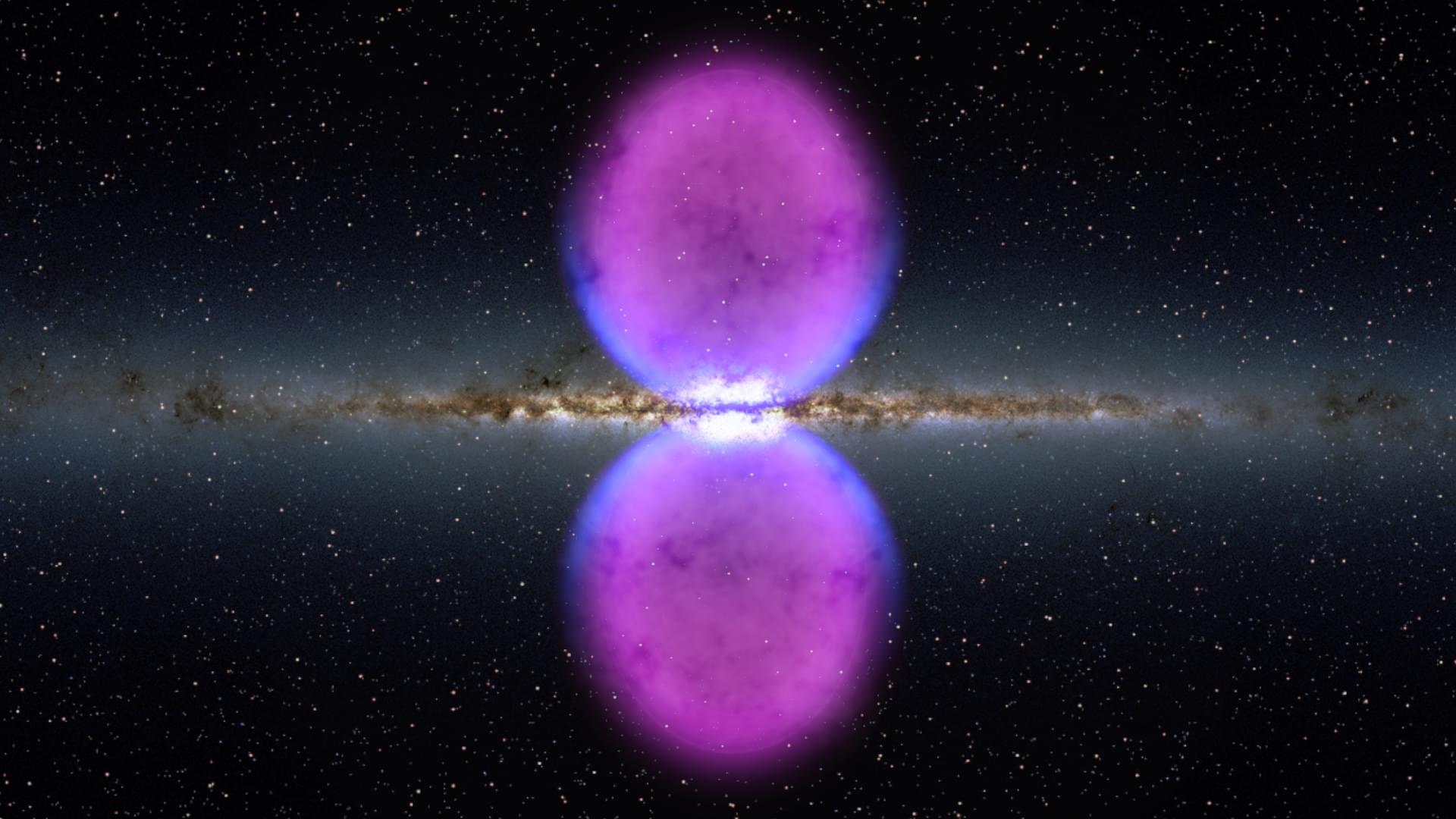
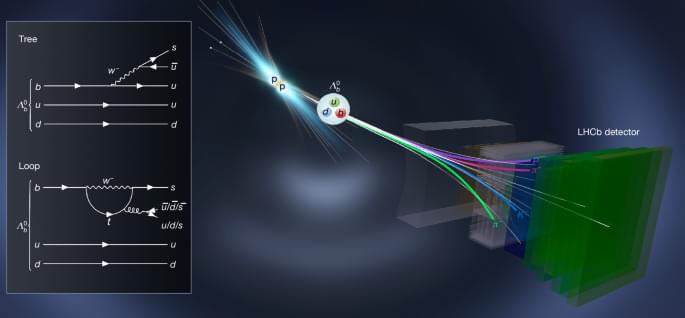
The LHCb experiment is being built, operated and maintained by the LHCb Collaboration. All authors contributed to the design, construction, deployment and operation of the detector, the data taking, the development of the reconstruction and simulation software, data processing and data analysis. The final manuscript was reviewed and approved by all authors.
Correspondence to X. Yang.
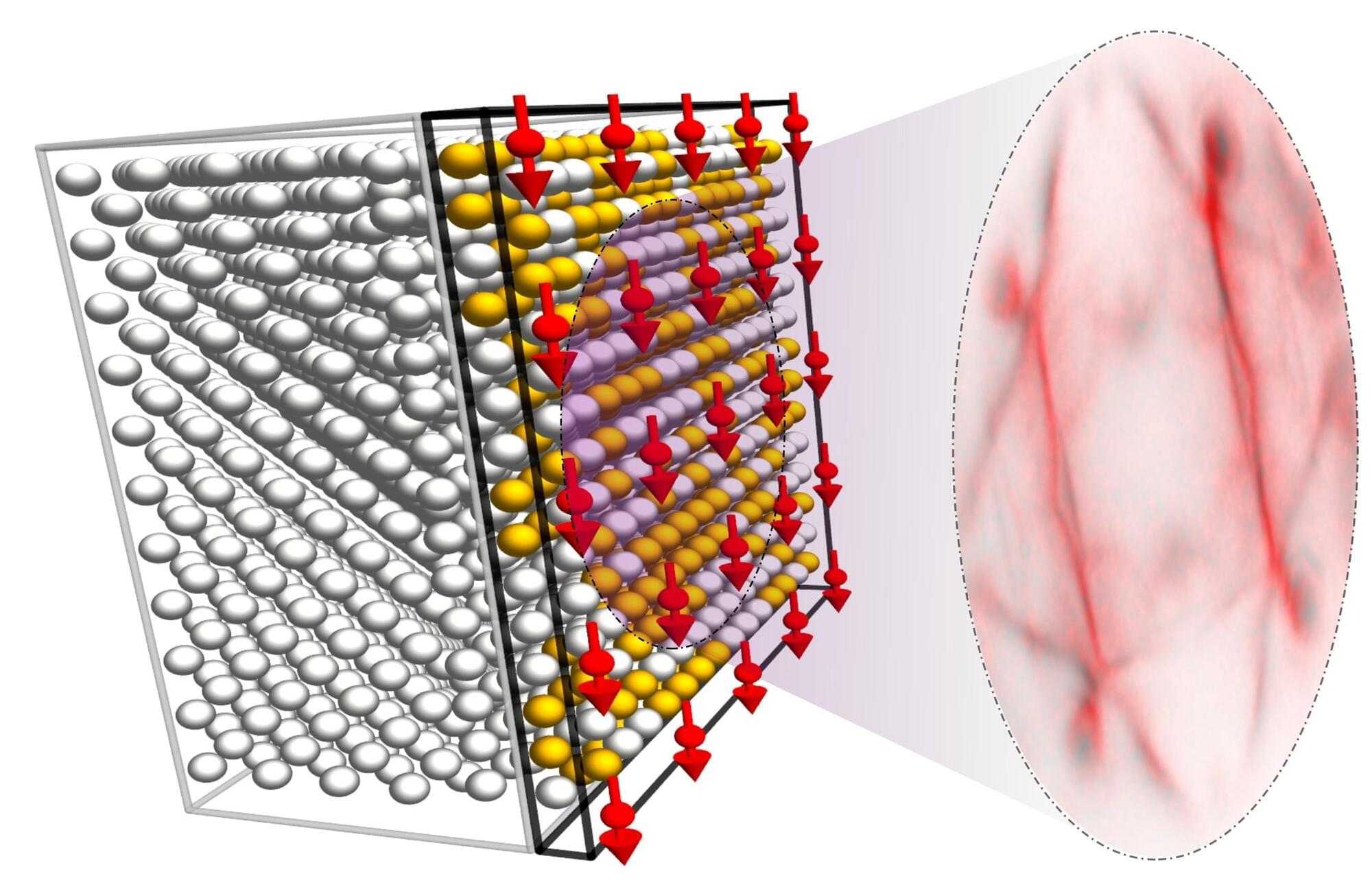
Researchers at Forschungszentrum Jülich have successfully created the world’s first experimentally verified two-dimensional half metal—a material that conducts electricity using electrons of just one spin type: either “spin-up” or “spin-down.” Their findings, now published as an Editors’ Suggestion in Physical Review Letters, mark a milestone in the quest for materials enabling energy-efficient spintronic that go beyond conventional electronics.
Half metals are key to spintronics: Unlike traditional conductors, half metals allow only one spin orientation to pass through. This makes them ideal candidates for spintronics, a next-generation information technology that leverages both the charge and the spin of electrons for data storage and processing. In conventional electronics, on the other hand, only the charge is used.
However, all known half metals operate only at ultra-low temperatures and lose their special properties at the surface—limiting their use. This was until now, when the team at Forschungszentrum Jülich engineered a 2D half metal in the form of an ultrathin alloy of iron and palladium, just two atoms thick, on a palladium crystal. Using a state-of-the-art imaging technique called spin-resolved momentum microscopy, they showed that the alloy allows only one spin type to conduct, confirming the long-sought 2D half-metallicity.
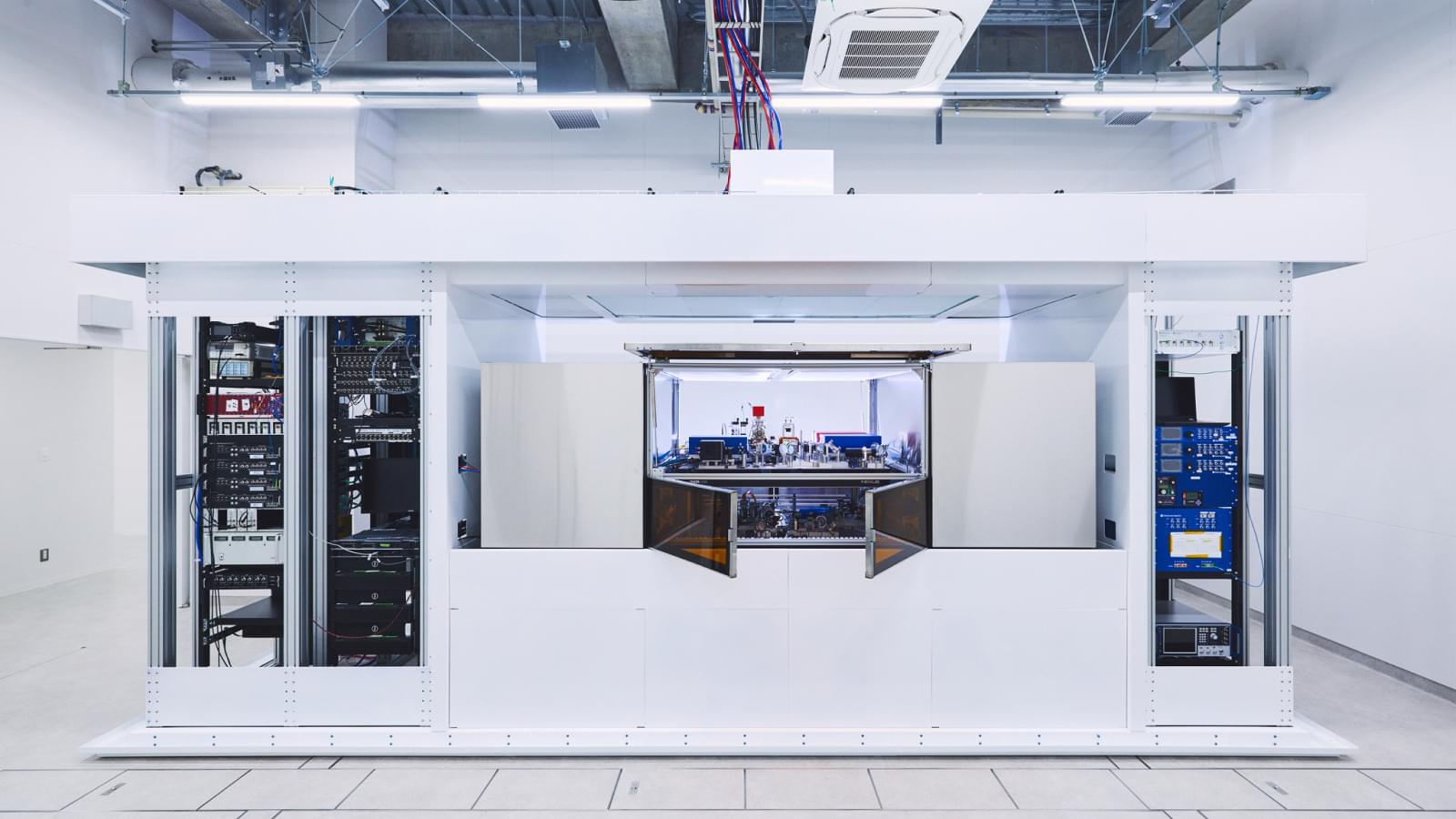


LONDON, Ont. – Dementia poses a major health challenge with no safe, affordable treatments to slow its progression.
Researchers at Lawson Research Institute (Lawson), the research arm of St. Joseph’s Health Care London, are investigating whether Ambroxol — a cough medicine used safely for decades in Europe — can slow dementia in people with Parkinson’s disease.
Published today in the prestigious JAMA Neurology, this 12-month clinical trial involving 55 participants with Parkinson’s disease dementia (PDD) monitored memory, psychiatric symptoms and GFAP, a blood marker linked to brain damage.
Parkinson’s disease dementia causes memory loss, confusion, hallucinations and mood changes. About half of those diagnosed with Parkinson’s develop dementia within 10 years, profoundly affecting patients, families and the health care system.